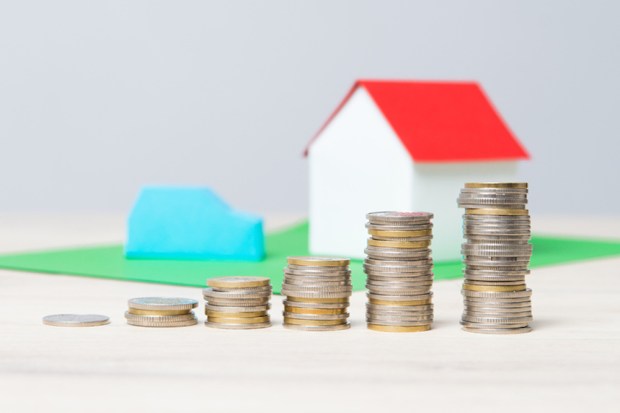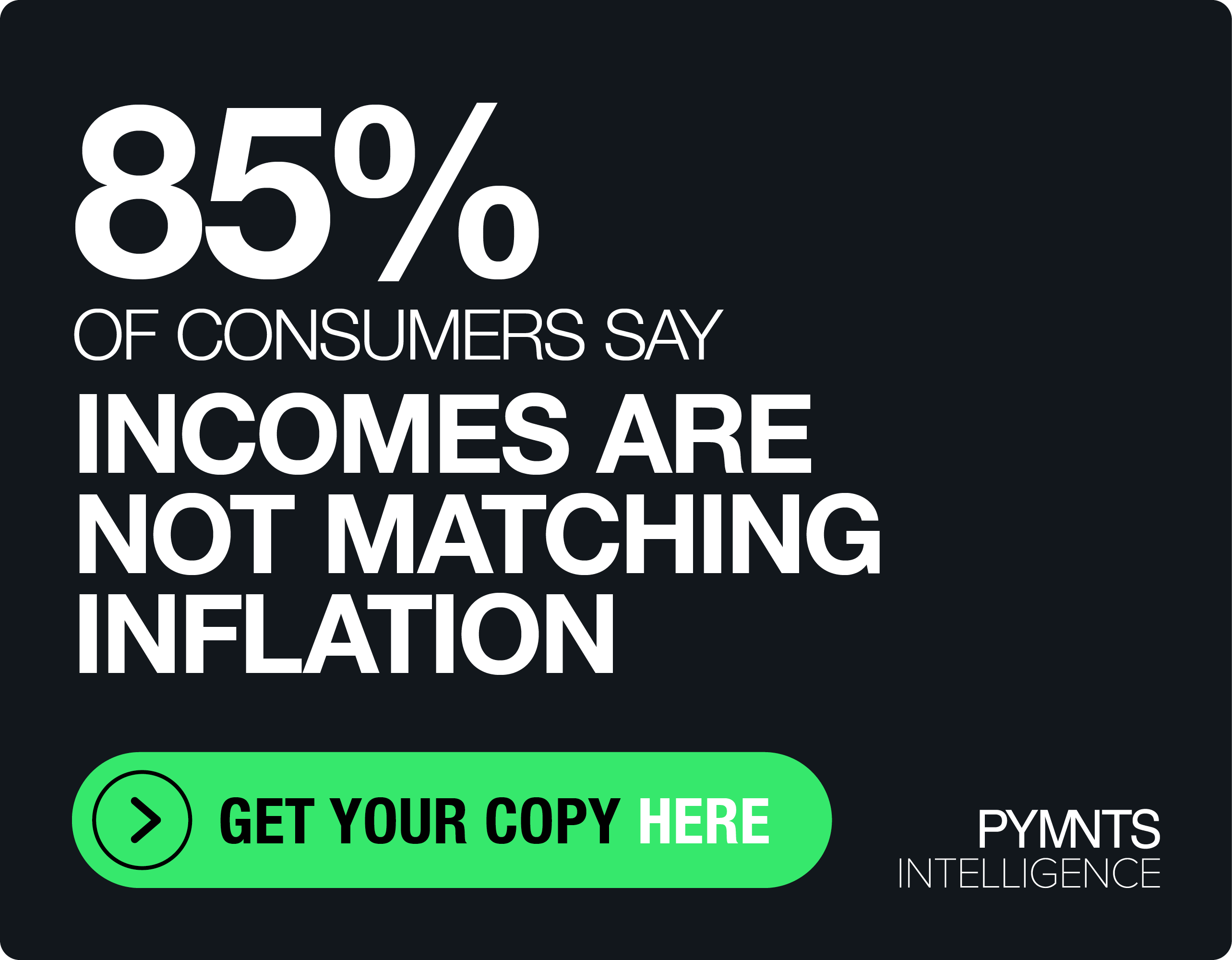Household Borrowing, Consumer Debt, Reaches Record $12.73 Trillion

With incomes in the U.S. seeing less-than-stellar growth, a lot of spending is being done with consumer debt instead of cash, which could create problems for some consumers when it’s time to pay it back.
According to a report in Bloomberg, household borrowing has increased to a record $12.73 trillion and the amount of consumer debt that is past due has increased for two quarters in a row. What’s more, with the Federal Reserve lifting interest rates earlier this year, it’s getting more expensive to refinance the debt. As a result some companies are starting to express concerns about their customers’ ability to handle the consumer debt, with Public Storage saying in April that more of its customers appear to be under stress. What’s more, Synchrony Financial and Capital One Financial Corp. are putting aside more money to cover bad loans.
“There are pockets of consumers that are going to be sorely tested,” said Christopher Low, chief economist at FTN Financial, in an interview with Bloomberg. “We’ve conditioned American consumers to use debt to close the gap between their wages and their spending. When the Fed [interest rate] hikes, riskier borrowers are going to get pinched first.”
The report noted at the current time the debt is still manageable for many consumers and it’s too soon to tell if the increasing signs of pain for consumers is normal or the early signs of a credit downturn. The report noted loan delinquencies, while inching higher, are still under historical averages. Still, the debt levels for lower-income borrowers may be growing too high for them to handle. Bloomberg pointed to a survey by UBS that found that the loan troubles could spread beyond credit card debt. In the first quarter of this yea, 17 percent of U.S. consumers said they were likely to default on a loan payment over the next year, up from 12 percent in the third quarter, before the election. The percentage of debt that’s at least 90 days’ delinquent rose to 3.37 percent in the first quarter, the second consecutive quarterly gain, noted Bloomberg.
